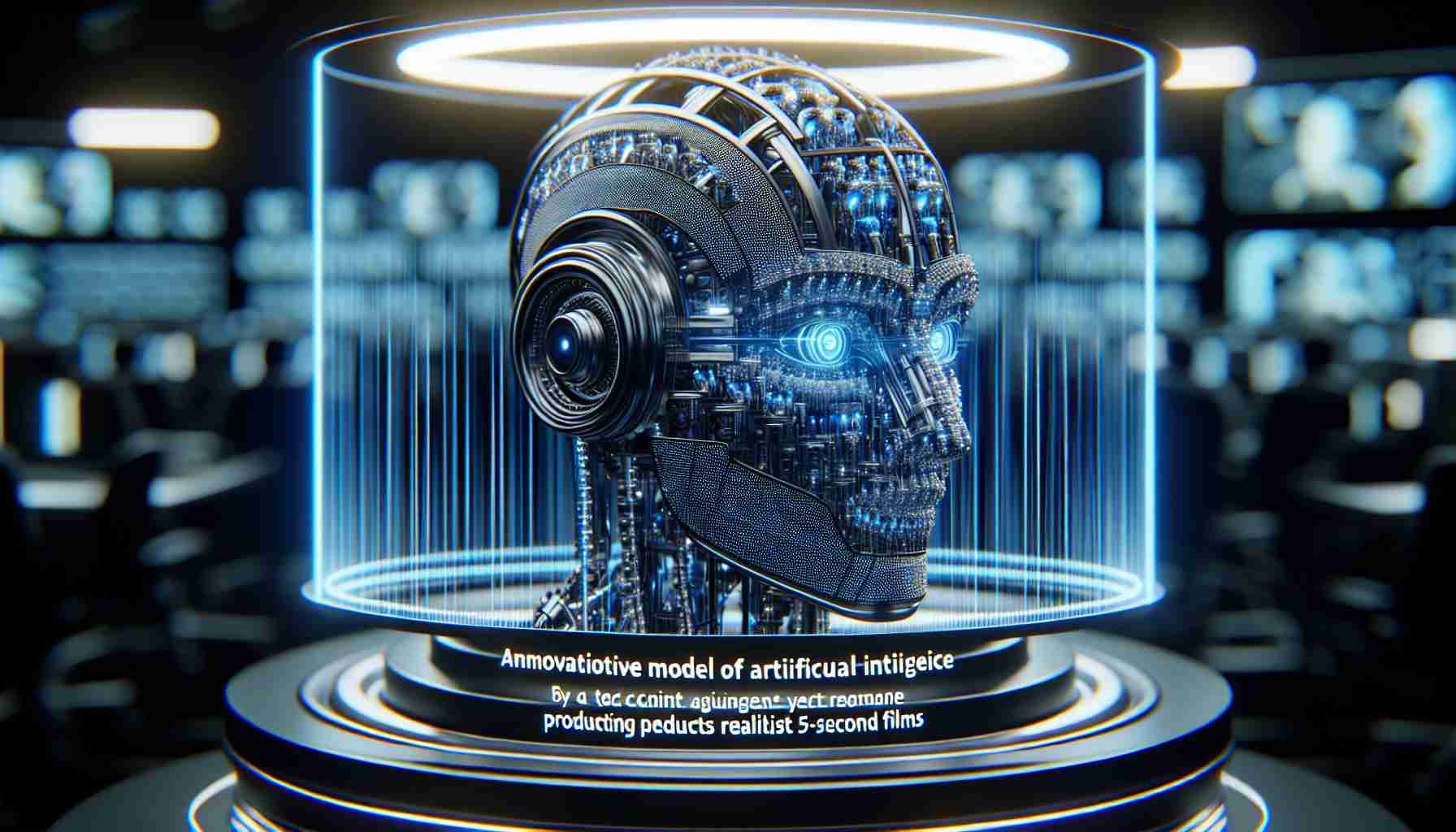The innovative artificial intelligence model called Lumiere, developed by Google, utilizes the groundbreaking Space-Time-U-Net technology to generate realistic films. Instead of stitching together smaller, static frames, Lumiere creates 5-second films in a single process.
The Lumiere model can identify the objects’ location within the film (in space) and track their simultaneous movements and changes (over time). This innovative technology ensures realistic, diverse, and coherent motions in synthesized films.
When creating Lumiere, the Space-Time U-Net architecture was employed, allowing for the generation of the full temporal length of the film in one go using a single pass through the model. This enables Lumiere to be used in various creative tasks such as text-based film generation, transforming static images into films, generating films in a specific style using a reference image, making consistent film edits based on textual prompts, and animating specific areas of an image, creating cinemagraphs.
The Lumiere model generates films with a resolution of 1024×1024 pixels, with a duration of 5 seconds, which scientists classify as “low resolution.” This is a significant improvement compared to the previous Stable Video Diffusion model, which only generated 25 frames.
The article emphasizes the potential risk of misuse of this technology for creating false or harmful content. Therefore, it is crucial to develop tools for detecting such abuse and ensuring safe and ethical use of this technology.
FAQ
1. What is Google’s Lumiere model?
Google’s Lumiere model is an innovative artificial intelligence model that utilizes the Space-Time-U-Net technology to generate realistic films.
2. How does Lumiere create films?
Instead of stitching together smaller, static frames, Lumiere creates 5-second films in a single process. It utilizes the Space-Time U-Net architecture, which allows for the generation of the full temporal length of the film in one go.
3. How does Lumiere identify objects within the film?
Lumiere can identify the objects’ location within the film (in space) and track their simultaneous movements and changes (over time), ensuring realistic, diverse, and coherent motions in synthesized films.
4. In what creative tasks can Lumiere be used?
Lumiere can be used in various creative tasks such as text-based film generation, transforming static images into films, generating films in a specific style using a reference image, making consistent film edits based on textual prompts, and animating specific areas of an image, creating cinemagraphs.
5. What is the resolution of the films generated by Lumiere?
Lumiere generates films with a resolution of 1024×1024 pixels, with a duration of 5 seconds, which is considered “low resolution” according to scientists.
6. What is the potential risk associated with the use of this technology?
The authors of the article draw attention to the potential risk of misuse of this technology for creating false or harmful content. Therefore, it is important to develop tools for detecting such abuse and ensure safe and ethical use of this technology.
Definitions of Key Terms and Jargon:
– Artificial Intelligence: Computer technology that enables the performance of tasks that would typically require human intelligence.
– Space-Time-U-Net: Innovative technology used in the Lumiere model that allows for object identification in space and tracking of their movements over time.
– Space-Time U-Net Architecture: The structure of the Lumiere model that enables the generation of films with the full temporal length using a single pass through the model.
– Cinemagraphs: Images that contain elements that are in motion, creating a moving image effect within a static background.
Suggested Related Links:
– Google’s official website
– About Google
The source of the article is from the blog reporterosdelsur.com.mx
